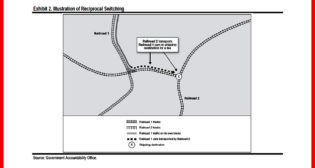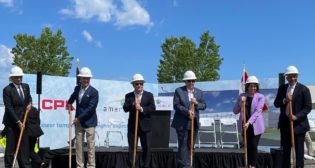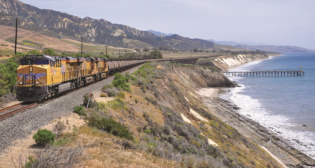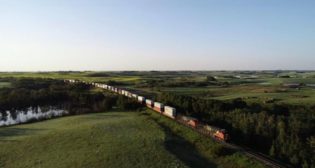
Railroad Cost of Capital Set at 10.58% for 2022
Written by Marybeth Luczak, Executive Editor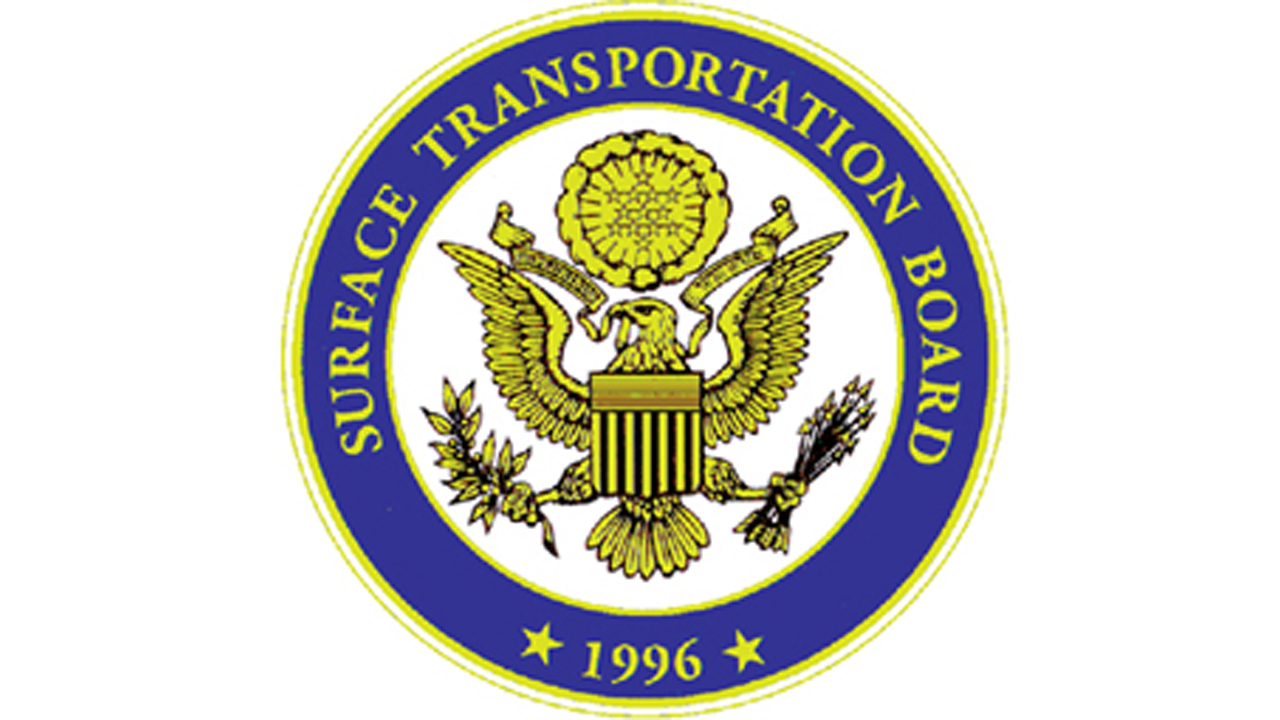
The Surface Transportation Board (STB) has determined that the cost of capital for the railroad industry was 10.58% for 2022.
The cost of capital represents the STB Office of Economics’ estimate of the average rate of return needed to persuade investors to provide capital to the industry, according to the STB’s Aug. 2 decision (download below). The cost of capital was 10.37% in 2021 and 7.89% in 2020.
Calculated annually, the cost of capital is an aggregate measure and “not intended to measure the desirability of any individual capital investment project”; it “is one component used in evaluating the adequacy of a railroad’s revenue each year … [and] may also be used in other regulatory proceedings, including (but not limited to) those involving the prescription of maximum reasonable rate levels, the proposed abandonment of rail lines, and the setting of compensation for use of another carrier’s lines,” STB explained.
The federal agency reported that for 2022:
- The cost of railroad long-term debt was 4.28% (vs. 2.63% in 2021, and 2.54% in 2020).
- The cost of common equity was 11.99% (compared with 12.03% in 2021, and 9.33% in 2020).
- The cost of preferred equity was 0% (vs. 0% in 2021, and 3.42% in 2020).
- The capital structure mix of the railroads was 18.28% long-term debt (17.71% in 2021; 21.16% in 2020); 81.72% common equity (82.29% in 2021; 78.84% in 2020); and 0.00% preferred equity (0.00% for 2021 and for 2020).

“This proceeding was instituted by decision served on February 7, 2023, to update the railroad industry’s cost of capital for 2022,” STB reported. “In that decision, the Board solicited comments from interested parties on the following issues: (1) the railroads’ 2022 current cost of debt capital, (2) the railroads’ 2022 current cost of preferred equity capital (if any), (3) the railroads’ 2022 cost of common equity capital, and (4) the 2022 capital structure mix of the railroad industry on a market value basis. The Board received comments from the Association of American Railroads (AAR) providing the information used to calculate the annual cost-of-capital determination, as established in Use of a Multi-Stage Discounted Cash Flow Model in Determining the Railroad Industry’s Cost of Capital, EP 664 (Sub-No. 1) (STB served Jan. 28, 2009). AAR states that Kansas City Southern (KCS) was not included in the 2022 sample because its stock is no longer listed on the New York Stock Exchange or NASDAQ and therefore did not meet the Board’s criteria[***] … Western Coal Traffic League (WCTL) replied to AAR’s submission stating that its review of AAR’s filing and associated workpapers did not reveal any mathematical or associated data errors … Nevertheless, WCTL argues that the cost of capital is substantially overstated due to miscalculation of the cost of equity which stems from flaws in the Multi-Stage Discounted Cash Flow (MSDCF) model, and the implementation of the Capital Asset Pricing Model (CAPM). As in previous years, WCTL recommends the Board rely only on the Capital Asset Pricing Model (CAPM), but with a market-risk premium not exceeding six percent, to calculate the cost of equity portion of the cost of capital … AAR responded to WCTL’s reply, asserting that it followed the Board’s instructions to use the methodology from Railroad Cost of Capital––2021, EP 558 (Sub-No. 25) (STB served Aug. 2, 2022), and noting that WCTL acknowledges that AAR’s filing and associated workpapers did not contain mathematical or associated data errors … AAR asserts that WCTL’s arguments are collateral attacks on the Board’s cost-of-capital methodology and should therefore be rejected.”
STB noted that it has “directed in past annual cost-of-capital proceedings that challenges to the Board’s cost-of-capital methodology should be addressed in Docket No. EP 664 and not in the annual cost-of-capital proceeding … WCTL nevertheless argues, among other things, that the Board’s methodology ‘manifest[s] [itself] differently depending on each year’s data, and [that] errors and distortions should be documented and described as they emerge’ … WCTL therefore requests that its comments be construed as a petition for the Board to institute a rulemaking to the extent necessary to have its concerns addressed … The Board reaffirms that this proceeding is not the proper forum by which a party may seek to institute a rulemaking for proposed changes to the Board’s cost-of-capital methodology.” STB added that “the mere existence of alternative methodologies does not mean the Board’s methodology is flawed.” The federal agency concluded that it accepts AAR’s submission, “which complies with the Board’s established methodology,” and AAR’s determination not to include KCS in the 2022 sample because it did not meet the STB’s criteria.
*** STB reported that AAR calculated the cost of capital for a “‘composite railroad’ based on criteria developed in Railroad Cost of Capital—1984, 1 I.C.C.2d 989 (1985), and modified in Revisions to the Cost-of-Capital Composite Railroad Criteria, EP 664 (Sub-No. 3) (STB served Oct. 25, 2017).” It explained that the composite railroad includes those Class I’s that “(1) are listed on either the New York Stock Exchange (NYSE) or Nasdaq Stock Market (NASDAQ), (2) paid dividends throughout the year, (3) had rail assets greater than 50% of their total assets, and (4) had a debt rating of at least BBB (Standard & Poor’s) and Baa (Moody’s).” According to AAR, the following three meet these criteria for 2022: CSX, Norfolk Southern and Union Pacific. [Editor’s Notes: KCS was also not included in 2021 because its stock was not listed in the New York Stock Exchange or NASDAQ for the entire year and therefore, it did not meet the Board’s criteria. KCS was included in 2020. On April 14, 2023, KCS merged with Canadian Pacific to form Canadian Pacific Kansas City.]
